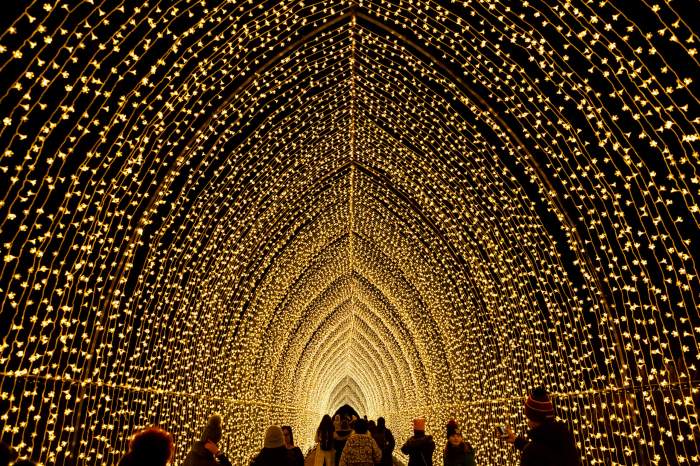By Sadef Ali Kully
The Jamaica Bay Wildlife Refuge announced Monday it will start the groundwork for a post-Sandy restoration project this fall in partnership with The Nature Conservancy, the National Park Service and the Jamaica Bay-Rockaway Parks Conservancy.
Part of the project is intended to repair the damage created when saltwater from the bay poured into the freshwater West Pond due to a breach caused by Hurricane Sandy. The pond is west of Cross Bay Boulevard in Broad Channel.
The Jamaica Bay Wildlife Refuge—part of the Gateway National Recreation Area—is one of the most significant bird sanctuaries in the northeastern United States. It is an integral stopover for migrating birds on the Atlantic Flyway, a migratory route along the Atlantic Coast and east of the Appalachian Mountains. Migrating birds need the food, water and habitats at the refuge. More than 330 species of birds have been seen at Jamaica Bay over the past 25 years.
As part of this collaborative project, The Nature Conservancy and National Park Services will reduce invasive plants and restore native plant communities, including flood and salt-tolerant plants, to create better habitats for migratory birds and improve the site’s ability to recover from future floods. The Rockaways’ beaches, bay and wildlife were devastated by Sandy.
In addition to the native plant and coastal resiliency work, hundreds of volunteers will be engaged in replanting the site, and others will join in monitoring butterflies and pollinators to track the project’s success.
Saltwater’s toll is visible on the trail surrounding West Pont, where dried out Maple trees and new vine species have taken over other plants and trees.
Joshua Laird, commissioner of the National Parks of New York Harbor, said some of the new non-native species are not nutritious for the animals that habitat at Jamaica Bay.
“National Parks are linked to the community around us—environmental health, public health, access, education, housing, are all connected to us so these partnerships become an important part of the future,” he said during the Monday press conference.
“The habitat is critical to maintaining the visitor experience. We are honored to join this effort and excited to work with Jamaica Bay,” said Bill Ulfeder, state director of The Nature Conservancy. “We are here for the long term.”
The Jamaica Bay Wildlife Refuge wants to make the Atlantic Flyway stopover a sustainable environment and has researched plant species that can assimilate to freshwater or saltwater.
“For example, oak trees are a good host. Species such as caterpillars and moss make their homes on oak trees and this can be food for the bird,” Laird said.
“This key restoration project advances our goal to expand public access, and preserve and restore natural areas, including wetland and wildlife habitat in Jamaica Bay,” said Tom Secunda of chairman, Jamaica Bay-Rockaway Parks Conservancy, which donated about $500,000 last year for the project.
The site work will begin this fall and continue through 2017. The refuge will rely on volunteers to help plant over 20,000 native trees and shrubs at the site over the next several years. Baseline biological monitoring, including surveys of birds, soils, vegetation and insects, will take place in spring and summer of 2016. Post-restoration monitoring will occur seasonally in the fall and spring, until at least 2017.
Reach Reporter Sadef Ali Kully by e-mail at skull


































